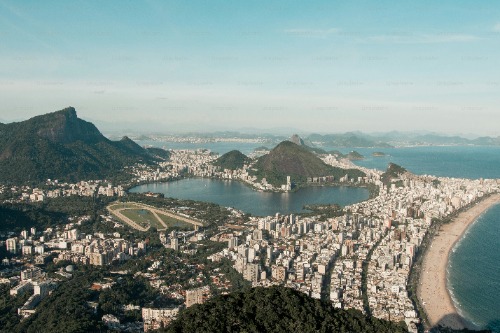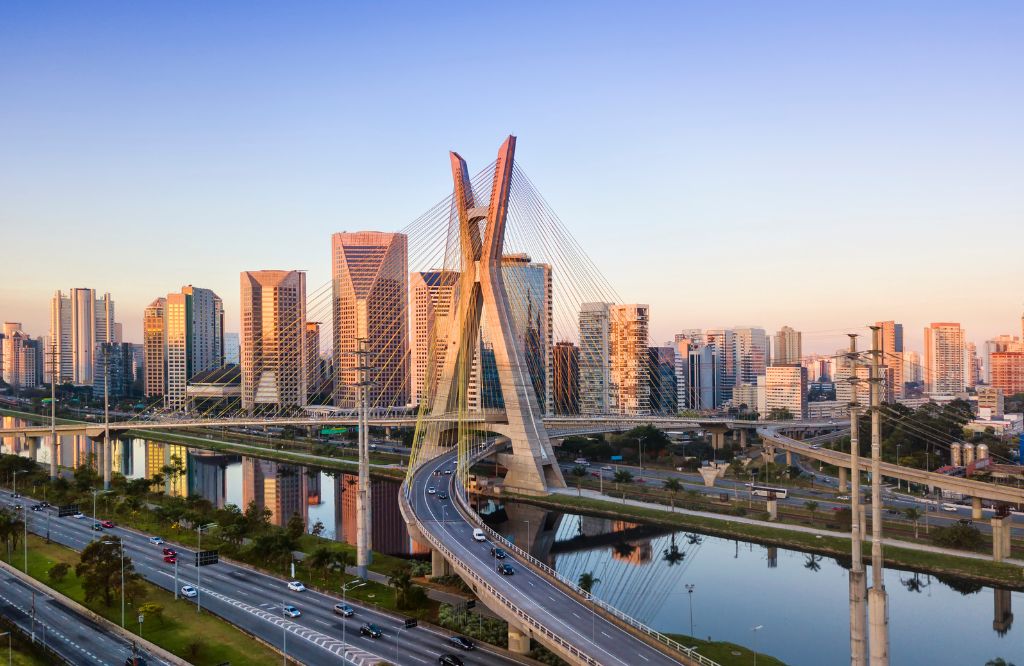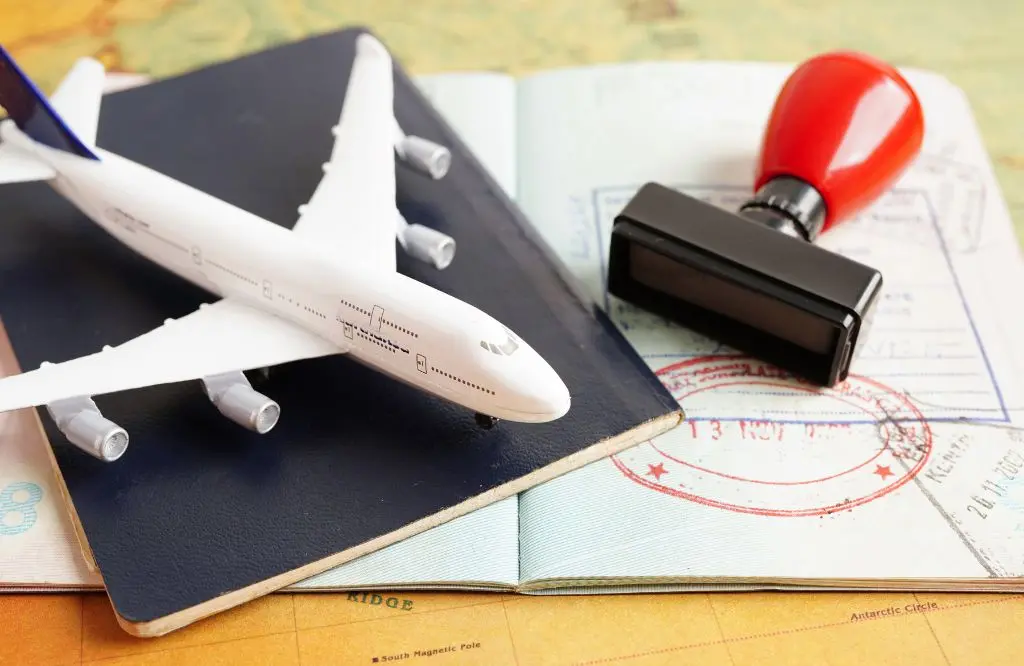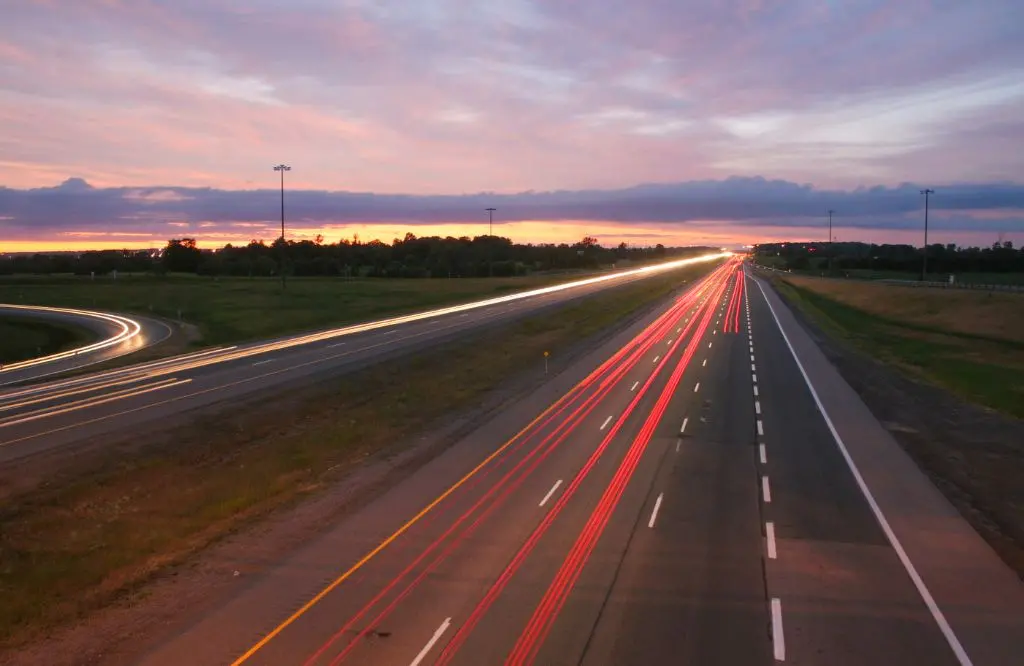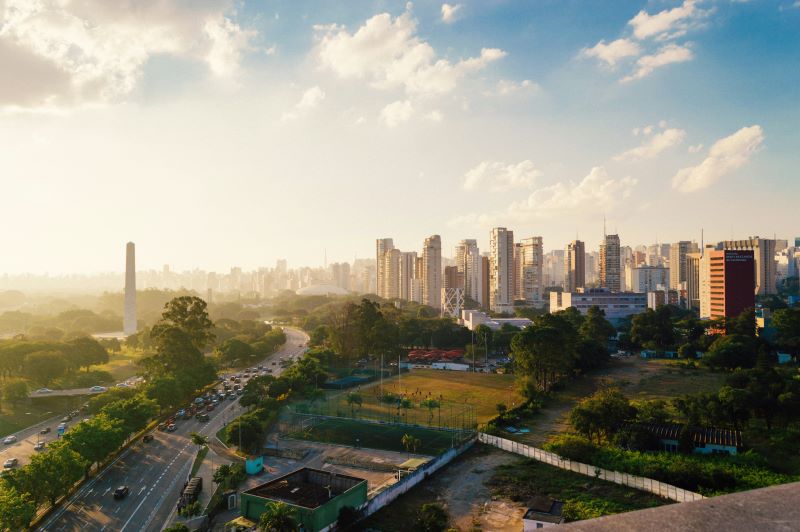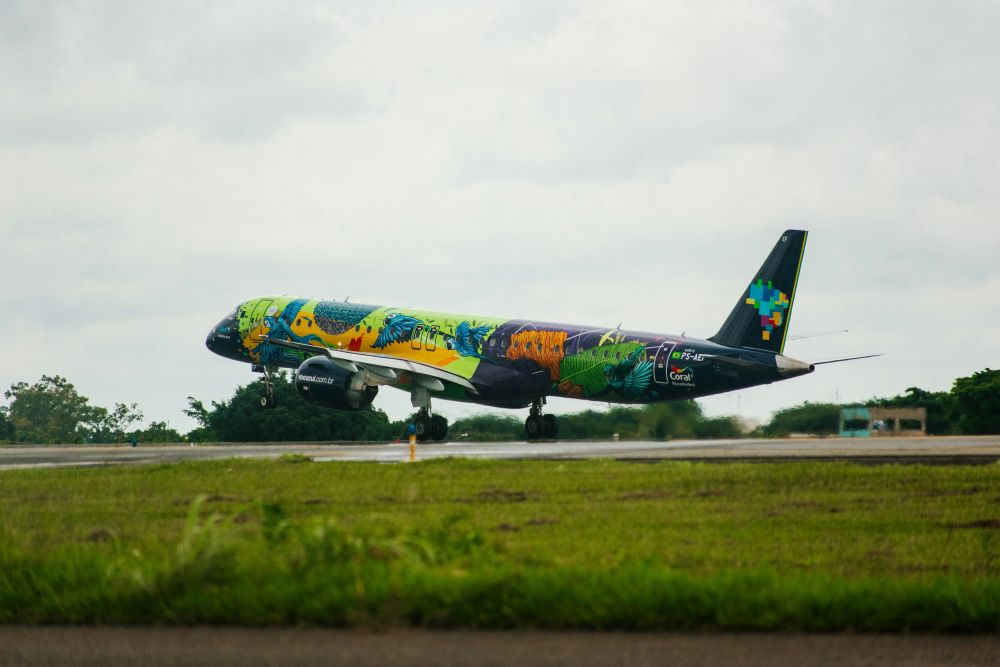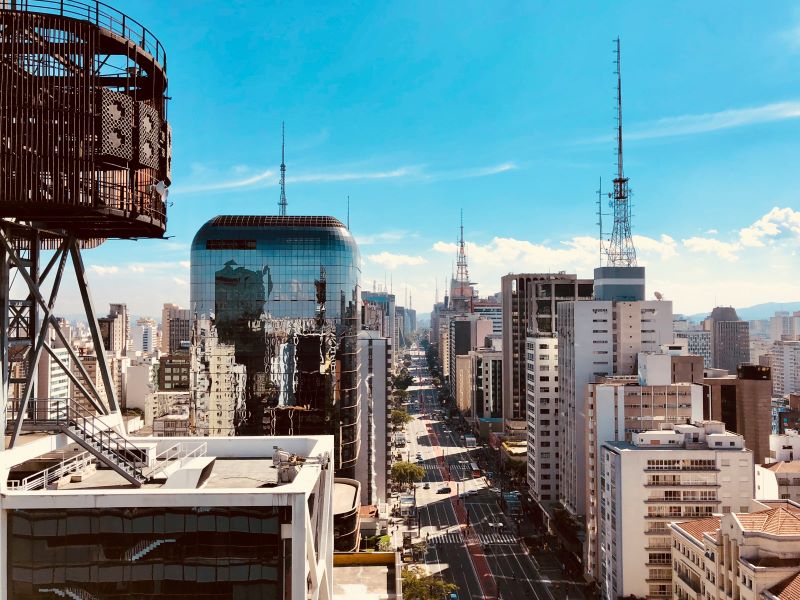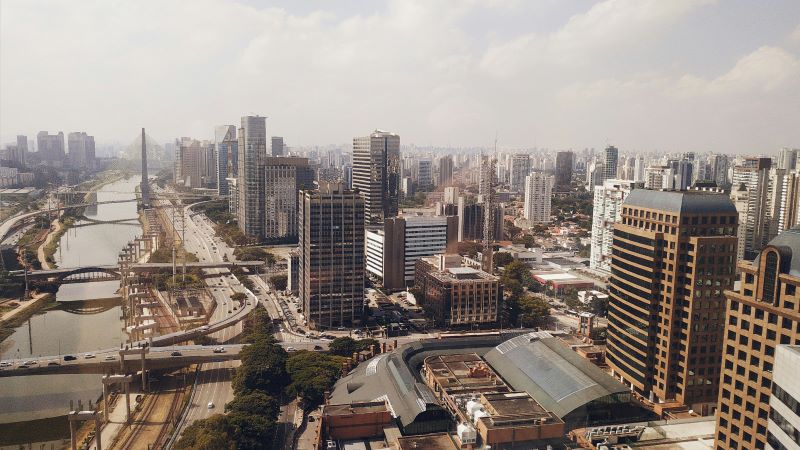Understanding how public transportation in São Paulo works is essential for anyone who lives, works, or visits the largest metropolis in Brazil. The city has one of the most complex mobility networks in Latin America, integrating buses, subway, and trains in a system that moves millions of people every day.
Understanding this structure is crucial to optimizing time, reducing costs, and ensuring safe and efficient commutes. The use of the Bilhete Único card, integration rules, and updated fare values are still points of doubt, even among locals.
Brasil ATM has gathered technical data, official information, and practical experiences to clearly and accessibly explain how public transportation in São Paulo truly works. The goal is to provide a complete, reliable, and updated guide so you can get around the city safely and with proper planning.
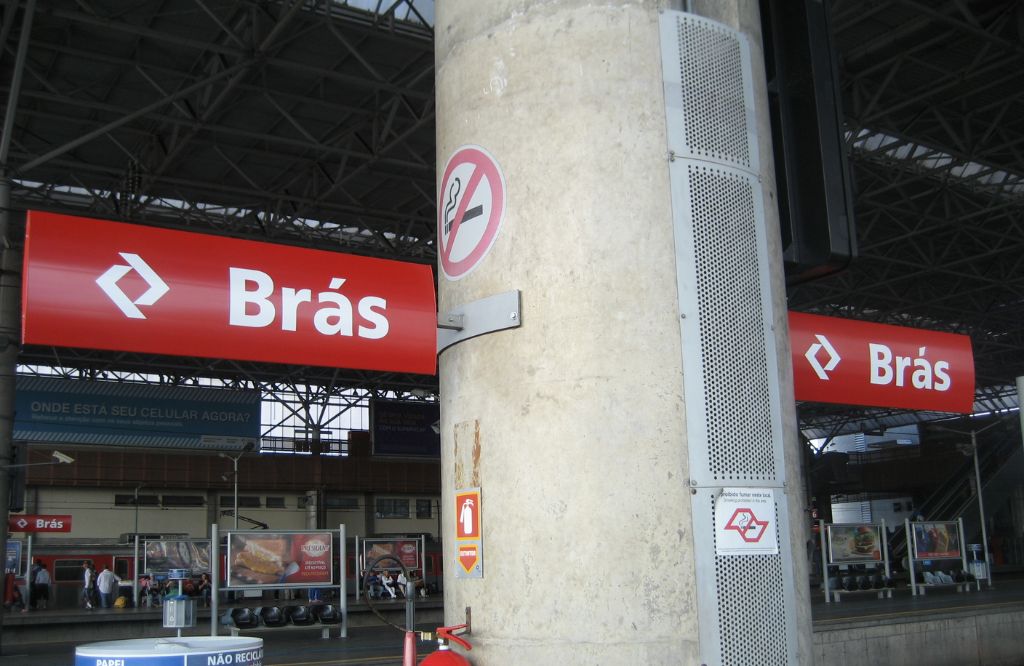
What Does the Public Transportation System in São Paulo Include?
The city’s public transportation system mainly includes:
- Municipal buses operated by SPTrans.
- The subway, operated by Metrô de São Paulo.
- Metropolitan trains operated by CPTM (Companhia Paulista de Trens Metropolitanos).
- Integration between these modes using the Bilhete Único card, which facilitates boarding and transfers.
Recent data indicate that:
- Around 9 million people use the public transportation system in São Paulo daily.
- The municipal bus network includes about 2,349 distinct lines across the city.
- Mobility studies reveal challenges related to accessibility and social equity in the system.
Why Does This Matter?
For residents, tourists, and professionals alike, understanding these components helps plan commutes, save money, avoid surprises, and contribute to a more efficient urban mobility system.
How Does São Paulo’s Public Transportation Work? Fares, Payments, and Integration

Let’s break down how you pay, how integration between bus, subway, and train works, and what the current rules are.
Fares
Below is a table with the main updated prices for 2025:
| Mode | Approximate Value | Notes |
| Regular Bus (with Electronic Credit) | R$ 5.00 | Allows up to four bus boardings within 3 hours. |
| Bus + Metro-Rail System Integration (regular) | R$ 8.90 | Allows up to 3 buses + 1 subway/train within the first 2 hours. |
| Commuter Voucher (Bus) | R$ 5.49 | Allows two bus boardings within 3 hours. |
| Metro/Train System (single trip) | R$ 5.20 | According to Metro/CPTM fares. |
Payment Methods
- Bilhete Único card: valid on buses, subway, and train/metro-rail network.
- Contactless payment (debit/credit card, NFC) available on some bus lines and subway stations.
- Time-based or monthly credits: options include 24-hour and monthly passes.
Integration Between Modes
The Bilhete Único allows you to board a bus, then take the subway or train within the set time limits, paying a single integration fare.
For example, when paying a bus + subway fare, you can take up to 3 different buses within 3 hours and 1 rail trip within the first 2 hours.
This makes the system flexible and enables lower-cost commutes across modes.
Step-by-Step – How to Use Public Transportation in São Paulo
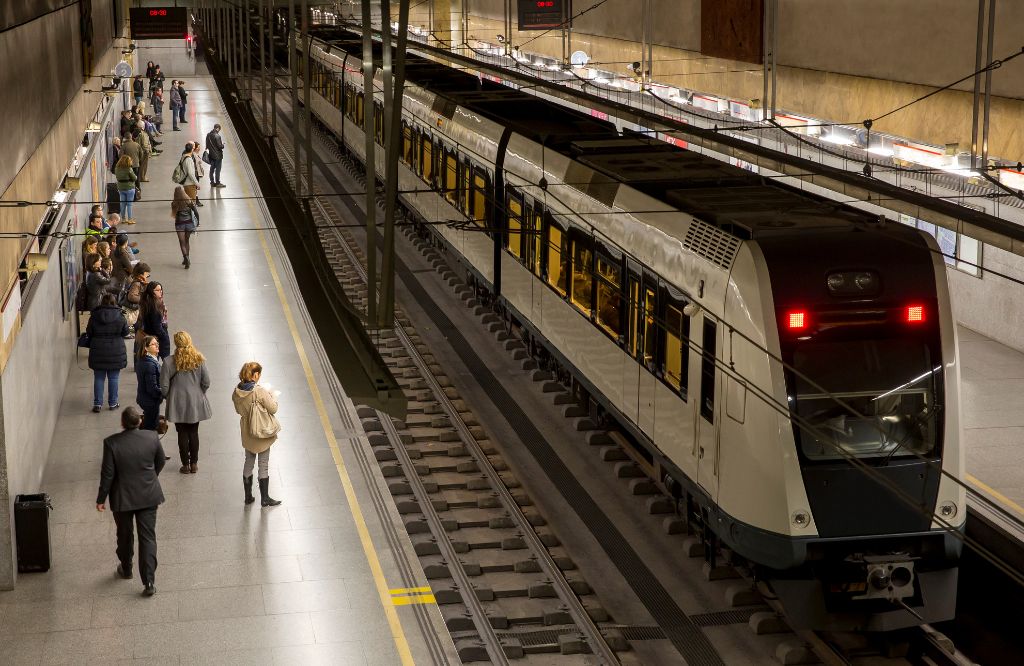
Here’s a practical guide to using São Paulo’s public transportation smoothly.
- Step 1: Get or recharge your Bilhete Único card. You can find it at newsstands, subway ticket booths, or SPTrans points.
- Step 2: Before boarding, check which line or station you’ll use (bus, subway, or train).
- Step 3: On buses, tap the card on the validator at the turnstile.
- Step 4: If transferring, plan to board again within 3 hours (buses) or 2 hours (subway/train) to avoid paying extra.
- Step 5: In subway/train stations, validate your card again.
- Step 6: Watch out for rush hours (7–9 a.m. and 5–7 p.m.), when the system is usually more crowded and delayed.
- Step 7: Whether a resident or visitor, consider time-based or monthly passes if you’ll be using the system frequently.
Practical Experiences and Usage Tips
Public transportation in São Paulo is among the most extensive in Latin America and reflects the city’s own complexity. Despite daily challenges, millions rely on buses, subway, and trains to travel between central and peripheral areas. Practical experience reveals valuable lessons about planning, schedules, and efficiency.
Field Observation
During a field study by the Brasil ATM team, the system’s dynamics were observed in practice. The Bilhete Único made intermodal transfers easy, ensuring economical and agile commutes. However, overcrowding during peak hours and irregular intervals on some lines remain challenges for flow efficiency.
Main Tips
- Travel outside peak hours to avoid overcrowding.
- Plan routes in advance using official SPTrans and Metro apps.
- Validate the Bilhete Único at every boarding to ensure integration discounts.
- Combine bus and subway on long routes to reduce total travel time.
- When visiting the city, use the physical or digital card to avoid queues and simplify payment.
Comparison: Bus vs Subway/Train in the City

Choosing between bus and subway or train in São Paulo depends on your route, time, and frequency of use. Each mode has specific advantages and limitations that directly affect travel time, comfort, and cost.
Brasil ATM compiled the table below to help you decide which mode of transportation best suits your needs.
| Criterion | Municipal Buses | Subway / Train (CPTM) |
| Geographic Coverage | High – reaches almost all neighborhoods | Very good – many main corridors + outskirts |
| Typical Travel Time | Greater variation, affected by traffic | More consistent, predictable |
| Rush Hour Crowding | Very high, especially in outer areas | Also high but more regulated |
| Integration Needs | Often requires multiple buses | May require bus to complete trip |
| Integration Cost | Lower base fare | Standalone metro/train fare can be higher |
This comparison helps determine which mode to choose depending on your origin and destination.
Current Data and Challenges
São Paulo’s public transportation system is one of the most studied in Latin America, reflecting both infrastructure advances and access inequalities. Recent data reveal a complex picture in which millions of daily commutes coexist with challenges in mobility, equity, and efficiency.
Brasil ATM presents an overview with updated indicators and key insights to better understand this reality.
Usage Indicators
- About 9 million people use public transportation in São Paulo every day.
- It is estimated that municipal buses account for roughly 38% of all trips.
- Residents of peripheral regions can spend up to 4 hours per day commuting.
Main Challenges
- Accessibility and equity: studies point to inequality in access to jobs and opportunities through public transit.
- Overcrowding and schedule irregularities, especially in high-demand corridors.
- Gradual decline in collective motorized transport use and growth in private vehicle usage.
Improvement Opportunities
- Expansion of exclusive bus corridors and investment in high-capacity modes.
- Use of real-time information technologies and digital fare integration.
- Public policies aligning housing, employment, and transport to reduce territorial inequalities.
Conclusion

São Paulo’s public transportation system offers a broad and integrated structure of buses, subway, and trains, with flexible fares and modern technology, but still faces major challenges like overcrowding, long commutes, and unequal access.
Whether you’re a resident or visitor, the key is understanding the fares, using the Bilhete Único wisely, and planning your route calmly. Try traveling outside rush hours to see how efficiently the system can work for you—and share your experience to help others navigate the city better.
Where to Withdraw Money from 24-Hour ATMs in Brazil
To make the most of your experience in São Paulo, it’s best to carry some cash. This ensures a smoother experience—many places still require cash for food, transport, attraction tickets, and more.
Check below for some 24-hour ATM locations mentioned in this article:
| Location | Address |
| Shopping Top Center | See all locations here |
| Tivoli Mofarrej | See all locations here |
| Pestana São Paulo | See all locations here |
| Rosewood São Paulo | See all locations here |
| Renaissance São Paulo Hotel | See all locations here |
Discover Brasil ATM
At Brasil ATM, we see Brazil as a country full of unique beauty and fascinating culture. Our portal, supported by the global brand ATM24h, reflects our passion for Brazil. Our goal is to inspire travelers to explore its wonders safely and confidently.
We provide accurate, updated, and inspiring information in three languages. With us, you’ll find everything you need to plan your trip with confidence, including travel guides, detailed itineraries, and useful planning tips.
We aim to create lasting memories. We’ll show you Brazil’s natural and cultural beauty—explore famous destinations like Rio de Janeiro and São Paulo, and discover hidden gems like Lençóis Maranhenses and Fernando de Noronha. We’re here to help you make the most of your journey.

Read More Articles About São Paulo:
Frequently Asked Questions
Public transportation in São Paulo integrates buses, subway, and trains connected by the Bilhete Único. The system enables fast, affordable mobility across the city. Follow updated information at Brasil ATM.
The city includes municipal buses (SPTrans), subway (Metrô SP), and metropolitan trains (CPTM), along with terminals and integrated corridors. Learn how to plan your trip safely at Brasil ATM.
In 2025, the regular bus fare is about R$ 5.00, and the bus + subway/train integration costs R$ 8.90. There are also time-based and monthly passes. Check full fare rules and updates at Brasil ATM.
Use the SPTrans and Metrô SP apps to check routes, schedules, and maps. Planning in advance saves time and money. Find tools and guidance at Brasil ATM.

